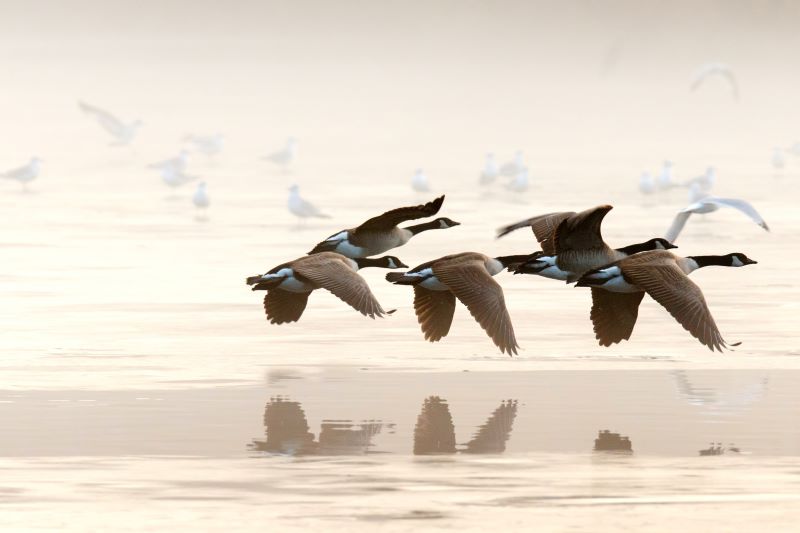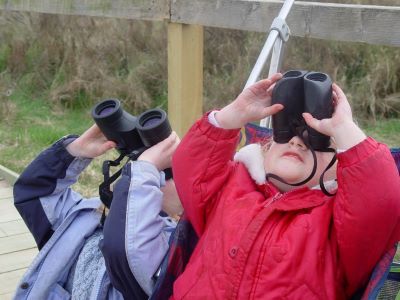We want to welcome Katie McInnis as a new LCAS Board member! Katie has been…

The Pacific Northwest has enjoyed a superb summer. As October arrives, we still have trees full of leaves thanks to the heavy spring rains in the Willamette Valley. Fall colors in Oregon are not as famous as those of the northeast, but the stately backdrop of fir trees creates a contrast for the yellows and oranges of our deciduous canopy of ash, alder, oak, willow, and big-leaf maple. The understory of vine maple and poison oak adds colorful splashes of reds.

Fall’s transition into winter begins first in the higher elevations, where the dropping temperatures not only change leaf color, but also push mountain birds to the lower elevations. Some birds migrate south obviously, but others move into lower altitudes like ours. This is true of Belted Kingfisher, Varied Thrush, Northern Flicker, Pacific (Winter) Wren, the two kinglets and Harlequin Ducks (who return to coastal waters). We will also see the return of some of the northern-breeding birds, such as Golden-crowned Sparrow, Fox Sparrow, many ducks, shorebirds, and Bald Eagles who will remain in the Willamette Valley until next spring.
Hearing the honking approach of a big flock of geese defines fall for me. We can also look to the skies to watch for the southward migrating Sandhill Cranes and Canada Geese. If I am lucky enough to also hear Sandhill Cranes high overhead, I always stop to watch and listen to these majestic birds, so big yet so graceful and beautiful. Pausing to appreciate such passing moments of a flock overhead or of a hillside of colorful leaves gives me both pleasure and peace of mind, a rare experience these days.



